FORT HOOD, Texas - For the last 25 years, Peggy Hunt, an Army Contracting Command contracting officer has been a behind-the-scenes player in the overall development of the AH-64D Apache Longbow helicopter.
In all those years, she spent her days in the Army Aviation and Missile Command's Contracting Center, at Redstone Arsenal, Ala., soliciting and evaluating proposals and following the executed contract through components installation and fielding of the helicopters.
She's done all that without ever seeing a full Apache Longbow in person, and without every really hearing from Soldiers on how they feel about the aircraft and components enhancements she helps them get.
This year, Peggy spent a day here, touring with Soldiers from the 21st Cavalry Brigade (Air Combat,) April 20; from the helicopter hangers out at Hood Army Airfield to a Lockheed Martin special repair shop in Killeen, Texas. This visit afforded her and group of industry partners an opportunity to sit in the cockpit of an Apache, discuss the aircraft's capabilities with a pilot, fly an Apache simulator and visit an Apache sensors repair facility.
Lisa Stangle, the director of Apache Contracts, and Col. Shane Openshaw, the Apache project manager, decided that their contracting team needed a chance to not only see the equipment they procure actually being used, but more importantly, to visit with aviation Soldiers who have used it in training or in combat.
"This [visit] is just a good reminder of the importance of our mission and how what we do daily directly impacts the soldier" Stangle said. "It's an opportunity to meet with Soldiers and have them share issues and have them tell us things we can do that can make their job better."
A 60-plus member group of contracting personnel from AMCOM Contracting Center, Defense Contract Management Agency and the Apache Program Office, industry partners from Lockheed Martin and Northrop Grumman came together to "walk in the Soldier's shoes," she said.
Last year, the team traveled to Fort Campbell, Ky., where they spoke to aviation Soldiers about their upcoming deployment.
Openshaw said most of the team members took back a higher sense of efficiency.
"We find the closer we bring our people, who normally work behind the scenes, to the actual war fighters, the better they work to get things on contract quickly and efficiently. Visiting Soldiers t gets them grounded and enthused and these things pay big dividends.'
"Contracting can be adversarial," said Openshaw, of Clearfield, Utah. "Yet, these visits help build bridges and make tight, cohesive teams between the government and industry to deliver the products to the war fighter."
In the past, when Hunt would occasionally see an Apache Longbow on TV, she'd get a little excited knowing she played a part in making sure that it was combat effective. She'd tell herself, "Yes! I helped put that in the air." She described her job to be demanding and something that requires dedication, patience, and long hours.
"Many days, you strive to do this, this and this ... because we are at war, so many things you just shoot from the hip," Hunt said. "Each day you come in, you don't know what you're up against. Some days you feel like you've got a lot accomplished; other days, you feel like you're drowning."
The feeling from the contractor's side is no different.
For Crystal Zunker, who works at Lockheed Martin's Organizational Development, out of Dallas, a further understanding of what her client base does for a living with the product they provide is "very neat" to say the least.
"Just hearing about how it is played out in training and in theater is amazing," Zunker said from her conversations with 21st Cav. Bde. Apache pilots. "A lot of what we do is policy and procedure, but until you see the execution - how it impacts, you don't put two and two together a lot. Hearing the stories of what some of the Soldiers brings your heart into it."
In what has become an annual event for this group, seeing the Apache Longbow in action and the Soldiers who pilot them has become very important to how they do their job back in Redstone Arsenal.
"You need to know what you're buying," Hunt said. "You need to know what's in the contract and the platform, how it's used, and who it's for ... you have to put yourself in their shoes as much as you can."
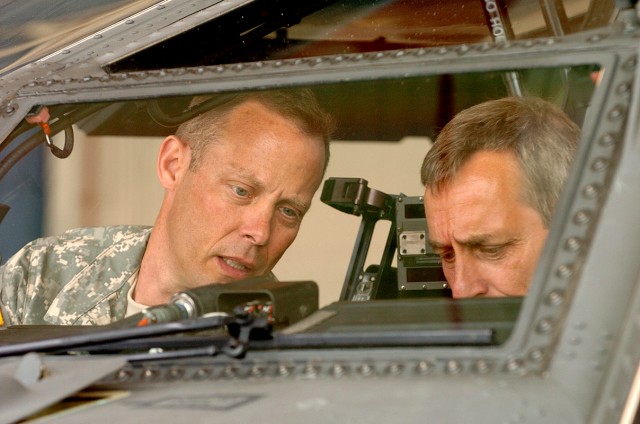
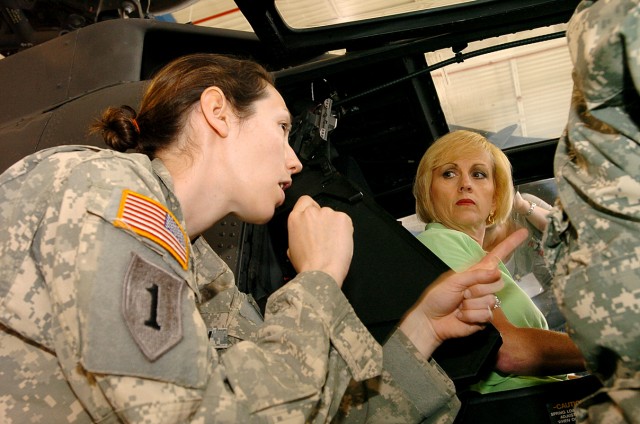
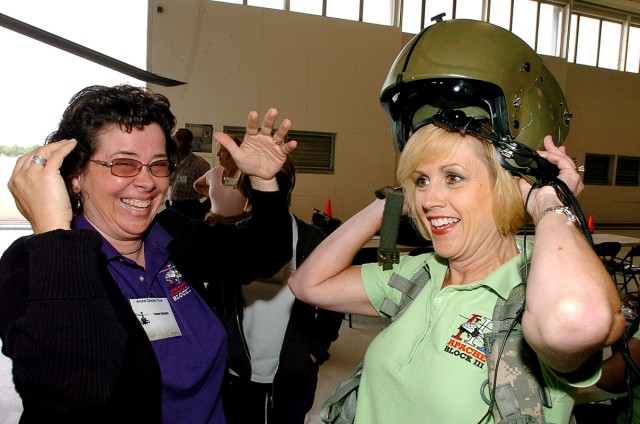
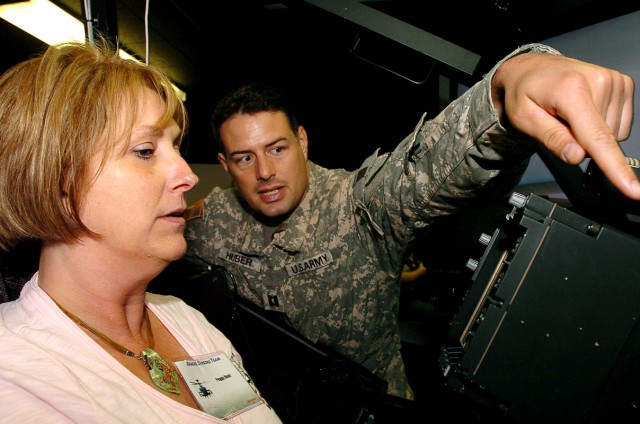
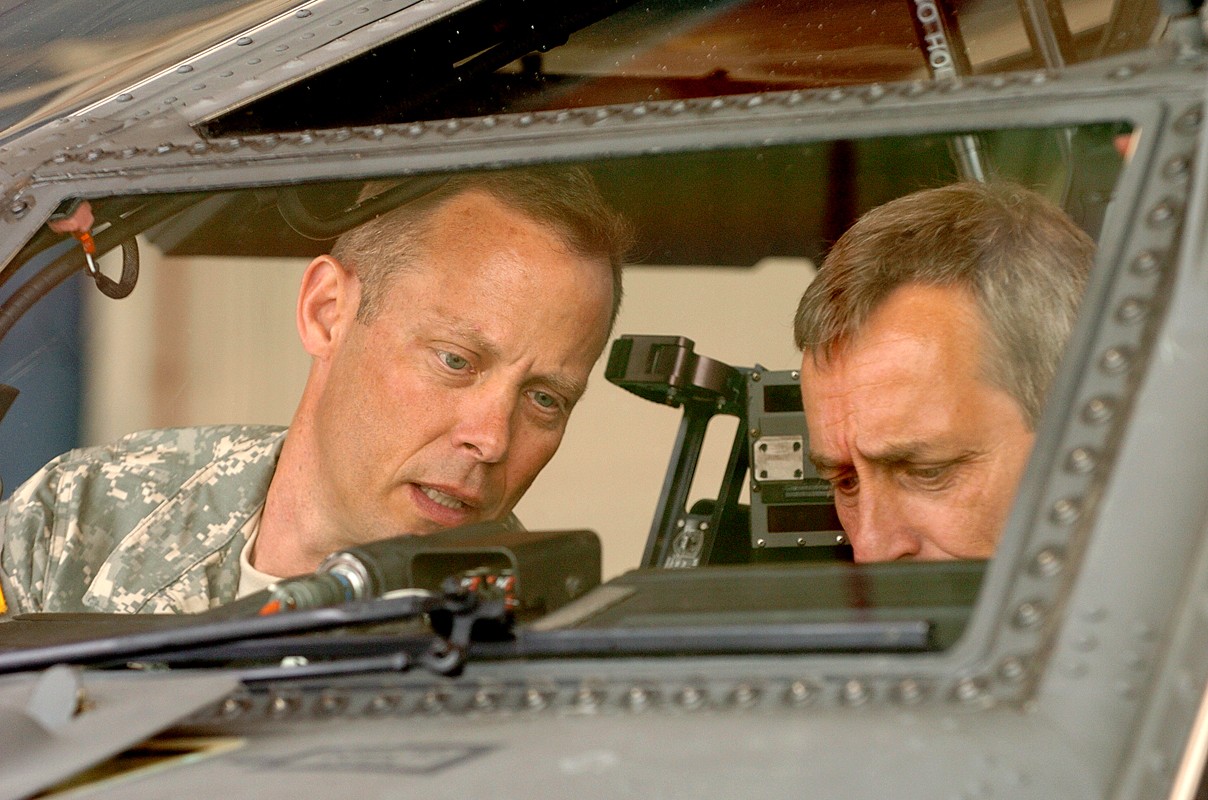
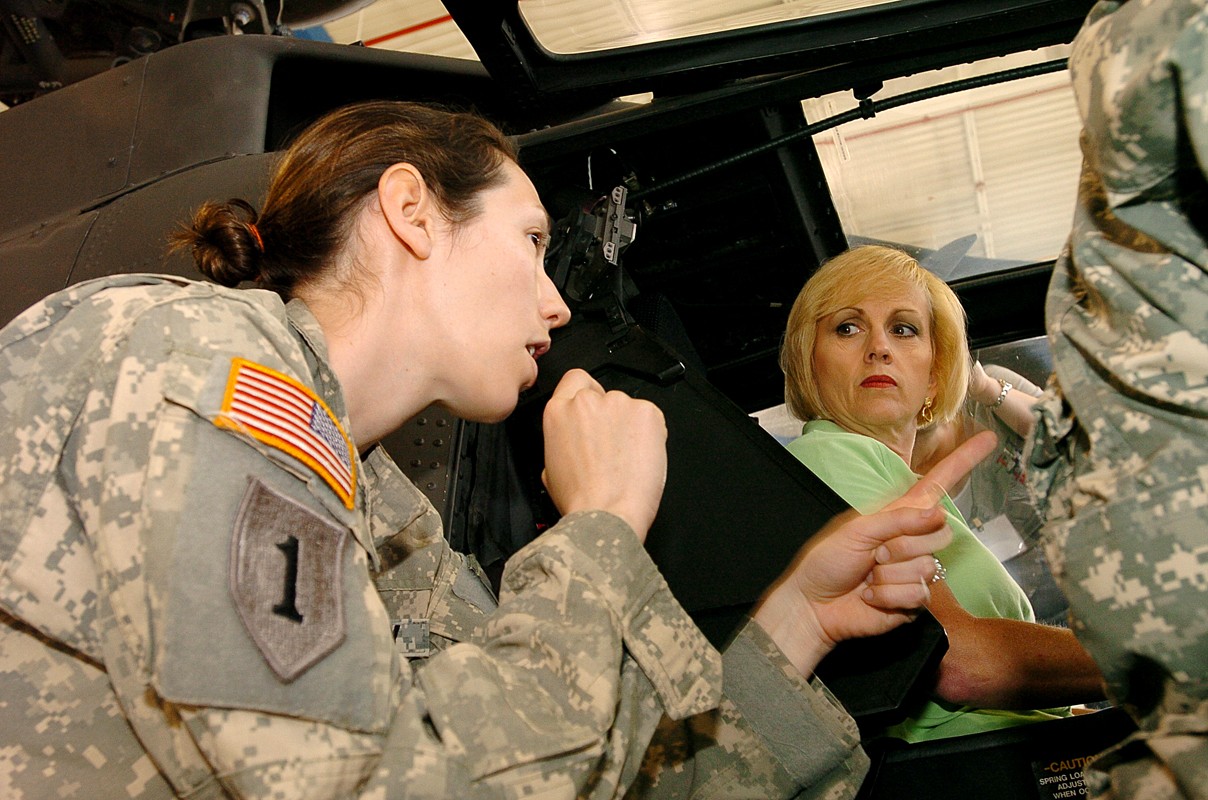
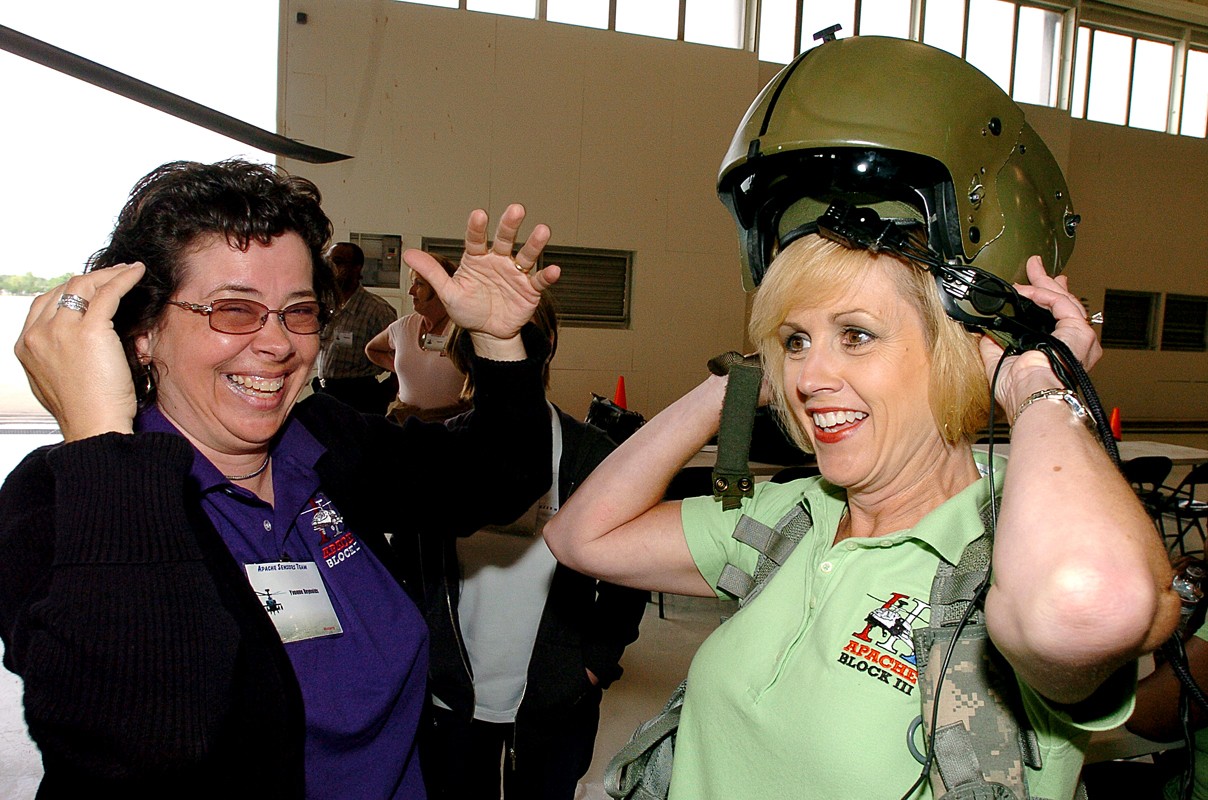
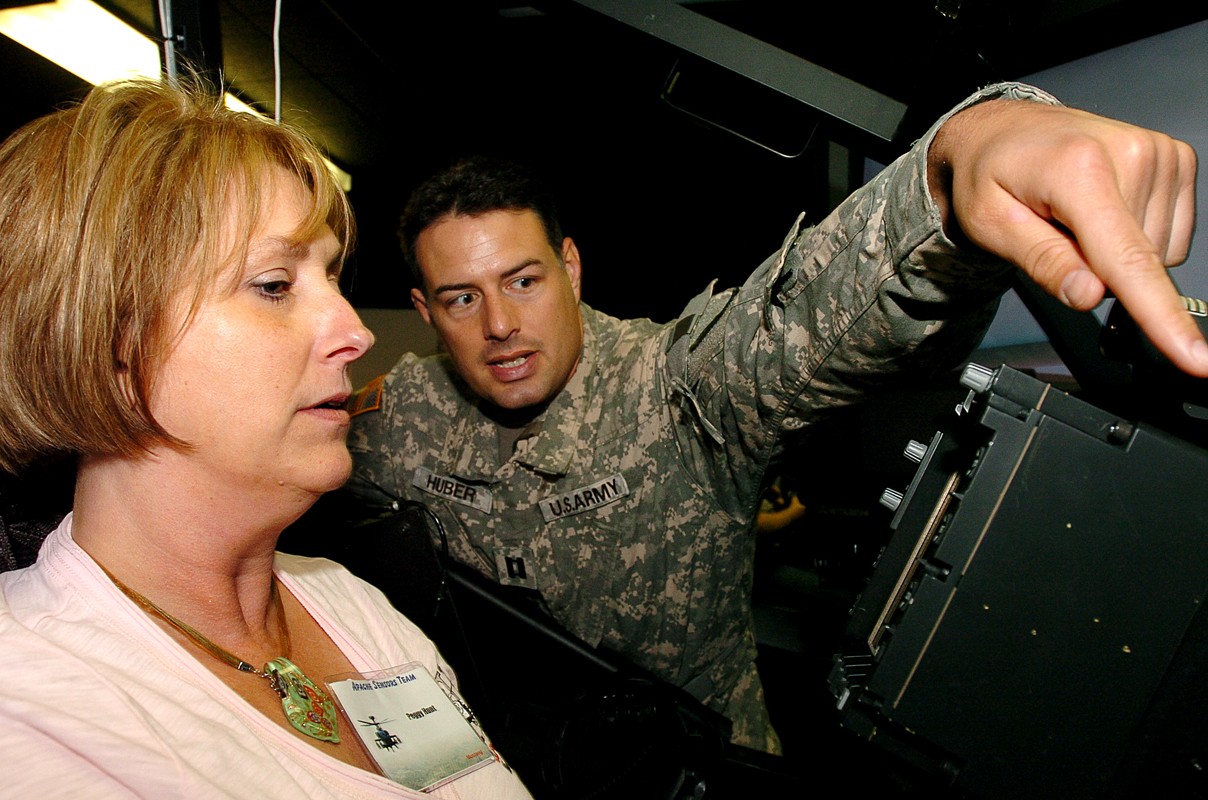
Social Sharing